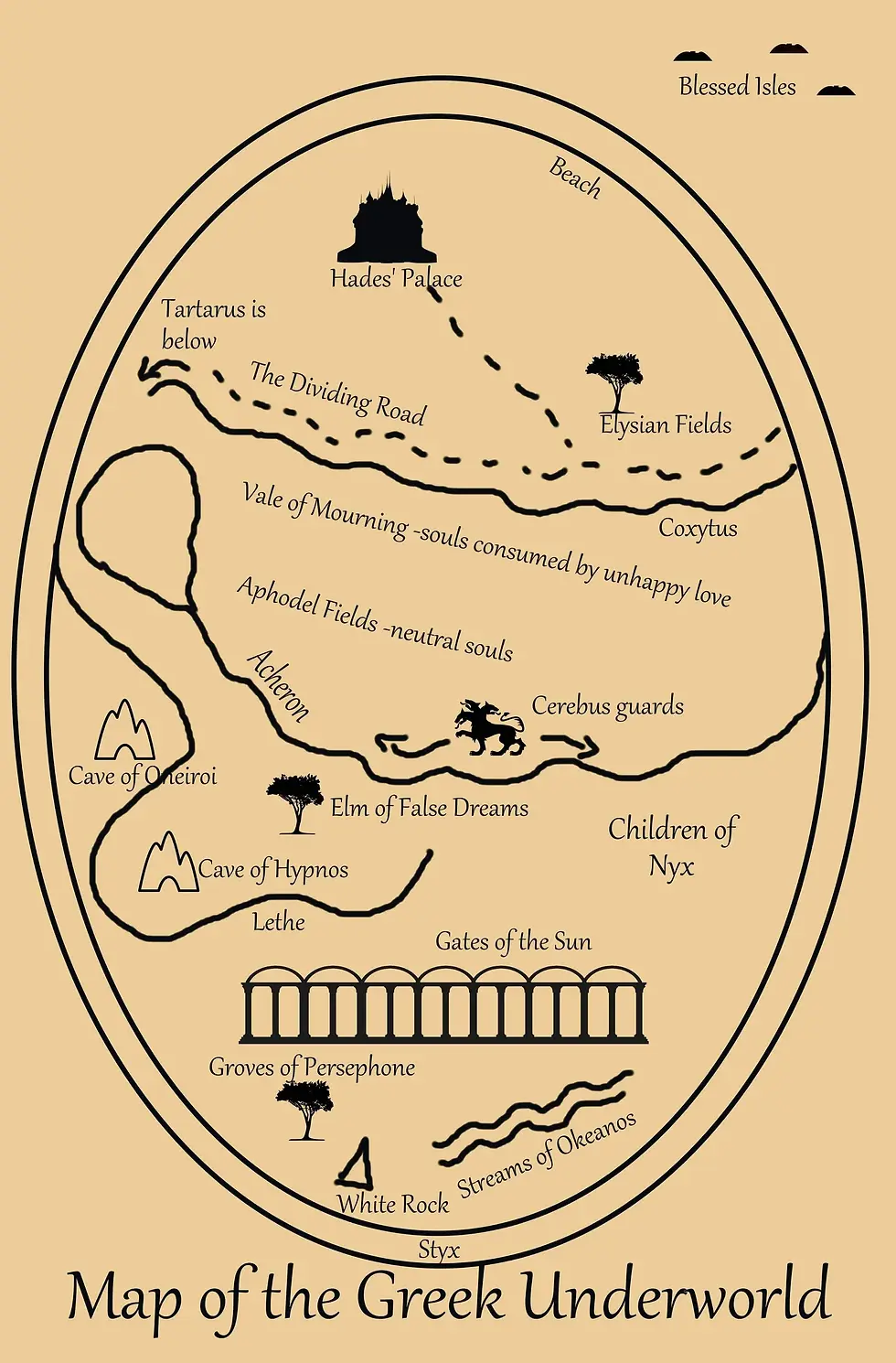Pygmalion and Galatea
- Sophie Yang
- Jul 30
- 3 min read
Artists are obsessed with ideal forms. As one myself, I would know that the relationship between creator and creation is one that is extremely intimate. The classics take that to another level.
In classical societies, the body was seen as a physical manifestation of one’s characters and status. Every man wanted to have the ideal masculine body fitted with abs and strong muscles, and they wished for all their women to have the ideal soft curves and slightly chubbiness symbolic of their femininity. Gods and goddesses, for that reason, were always depicted nude, proudly showing off their divinely coveted bodies. If a high ranking member of society, presumably, fell short of achieving this ideal self-image in real life, he might commission an artist to make a sculpture of him with all his most-desired qualities, transcending humanity and its physical limitations. The story of Pygmalion reflects such a classical mindset towards art.

Pygmalion’s renown as a sculptor was known all over ancient Cyprus, and unfortunately, his love life did not fare so well. His romantic life was severely disillusioned by what he called the ‘immoral behavior’ of the women in his city, making him chronically single. He shut himself in his studio all day long, honing his craft. Subconsciously, his vexations with the ‘flaws’ of mortal women and his psychological longing for a lover he lacked seeped into his art.
Everyday, he chipped away at his chunk of ivory until the artificial shape of a woman was revealed. He continued to mold the cold material to the figure’s feminine curves and soft gaze, until the lifeless ivory became infused with an ethereal grace and beauty that far surpassed the likeness of any human woman. Meanwhile, Pygmalion found that each stroke of his chisel was also becoming increasingly intimate. He refined every hair and crease of the skin to the utmost detail. When Pygmalion finally stepped back to behold his masterpiece, even he was stunned. The woman he had sculpted was so lifelike that she could easily be taken as a living, breathing human, if not for the fact that her body was cold. She was everything Pygmalion wanted in a woman.
At this point, Pygmalion didn’t think that he and the sculpture only had an artist and creation relationship anymore. No, he was deeply in love. He bought the sculpture gifts and adorned her in scented oils and pretty robes. Seeing Pygmalion’s devotion, Aphrodite, the goddess of erotic love, decided to bless him. When Pygmalion leaned in to kiss the statue’s lips, the cool ivory he had expected to feel suddenly turned warm. The statue’s body became living flesh. Aphrodite had turned Pygmalion’s statue into a real woman. Like that, Galatea was born.

Pygmalion married Galatea, and the two went on to have a son who would found a city sacred to Aphrodite. All’s well that ends well, right? Still, the apparent ‘moral’ of this myth has always irked me. I do not think that Pygmalion and Galatea should be treated as a happy outlier against the countless other unhappy tragedies that Ovid writes about in Metamorphoses, similarly caused by a pursuit of unrealistic love. The typical understanding of Pygmalion and Galatea’s story as an emphasis of pure love’s miraculous power feels lacking, especially when erotic love—Aphrodite’s domain—is more a curse than a blessing in the eyes of classical poets. Furthermore, Galatea’s lack of reciprocity again hints that ideal love may be fundamentally impossible.



Comments